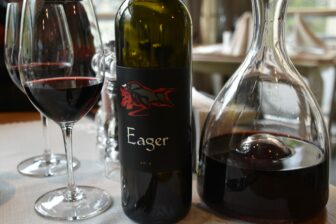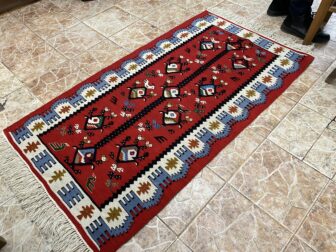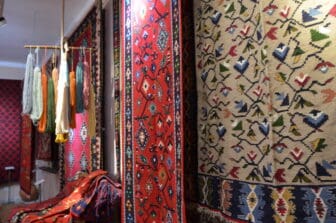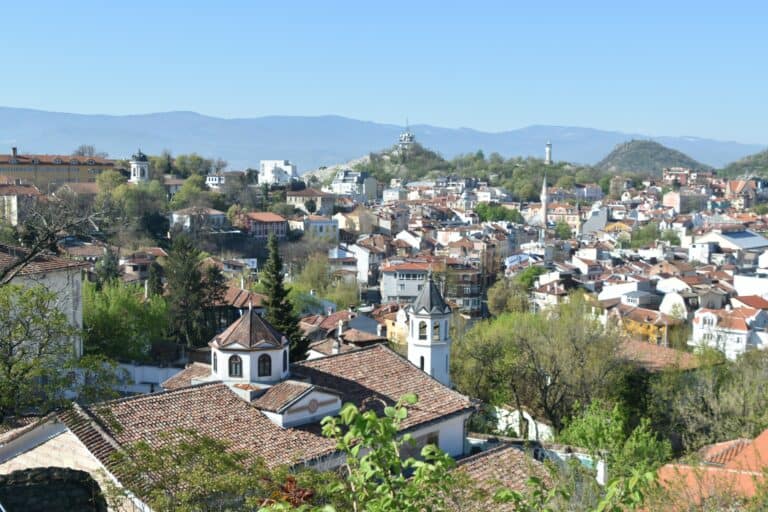
[April 2022] The final day in Plovdiv, Bulgaria‘s second largest city, was devoted to sightseeing in the old town.
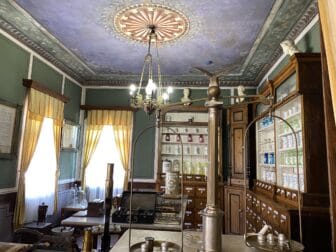
First of all, it happened to be in front of the hotel, so we decided to enter the pharmacy museum.
For some reason, the woman who gave us a quick guide was fidgety.
From the latter half of the 19th century to the middle of the 20th century, it was actually a pharmacy, but it became a museum in the 1980s.
Tools related to medicines were displayed on two floors.
What was interesting to me was the structure of the 19th century house and the antique cash register that this woman still uses.
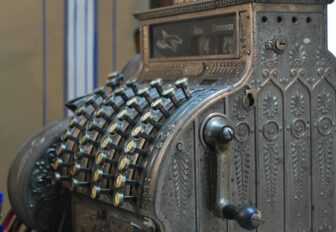
According to the pamphlet I received, this cash register was made in the United States in the early 20th century.
Taking pictures with a camera cost money, but it was free for taking them with a mobile phone, so I used my mobile phone.
Then we headed to the hill called Nebet Tepe at the end of Saborna Street.
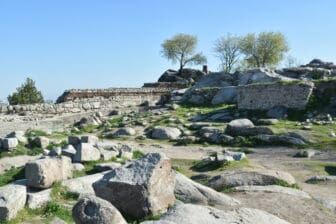
It was said that it was an ancient Thracian ruin, and there was certainly some kind of artificial stone stacking, but it was a ruin that I could not understand anything without explanation.
The view from here was good, though.
I could see the snowy mountains in the distance.
Just below, there was also a building like Hammam.
As of 2011, it was written on the internet that 7.8% of Bulgarian’s population was Muslim, so it may be really Hammam.
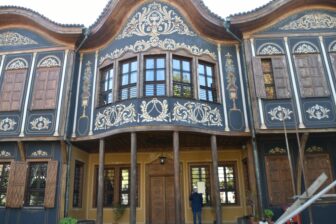
Down the hill, we entered the Ethnographic Museum on Saborna Street.
This was the most beautiful building among the traditional houses in the old town.
According to the guidebook, the house was built in 1847 and after it was no longer the home of a wealthy merchant, it became a boarding school for girls, a hat factory, and a warehouse for cigarettes and flour and then it became a museum.
On the ground floor, you can see old farming tools, and on the 1st floor, you can see folk costumes and exhibits that recreate the former room.
As in any country, the folk costumes made by people in the past by hand are really beautiful.
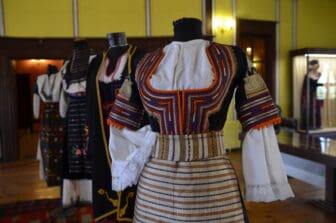
There were some patterns that I would like to make into a sweater, so I took some pictures.
Then I noticed that there were lace-up shoes on display that people actually wore in the Maramures region of Romania which I saw long ago.
The ceiling of the exhibition room was also decorative and lovely.
The person in charge of the museum was not particularly friendly, but I think it’s a museum worth visiting.
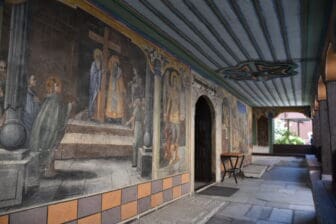
Then we went to the St. Constantine and Helena Orthodox Church, where the unique bell tower stood out.
I remember seeing this structure with pictures on the wall in front of the entrance, but I wonder where it was.
It may have been Macedonia.
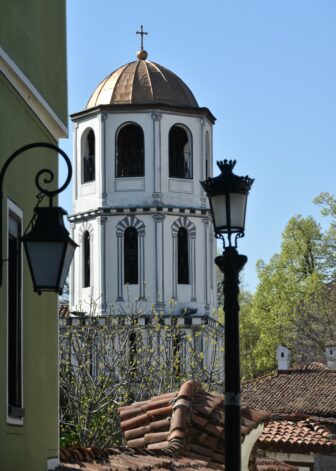
According to the guidebook, this church is dedicated to Constantine the Great, the first Roman emperor to become a Christian, and his mother, St. Helena, and is the oldest church in Plovdiv.
The existing building is from 1832.
Since it is an Orthodox church, the interior was gorgeous.

